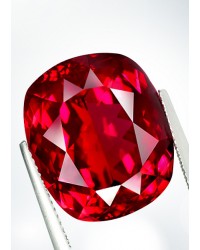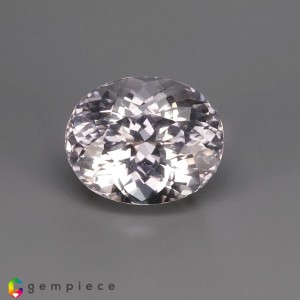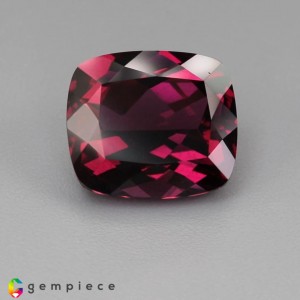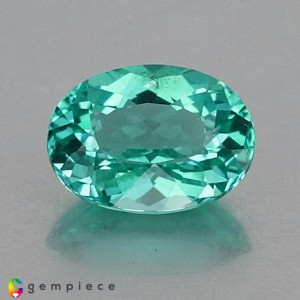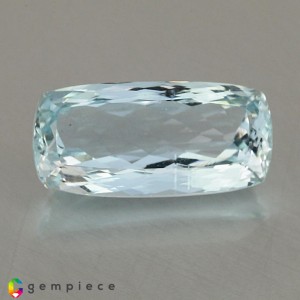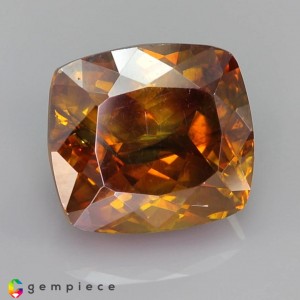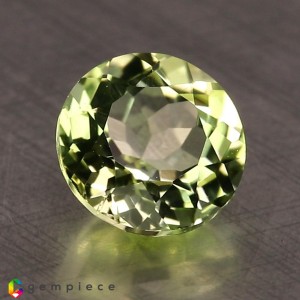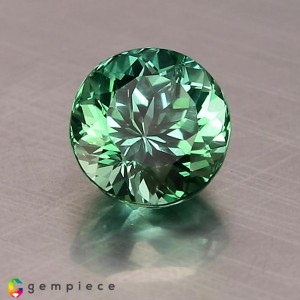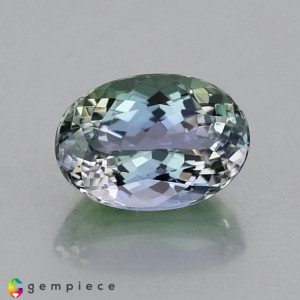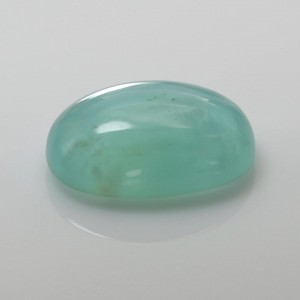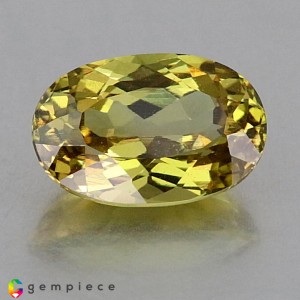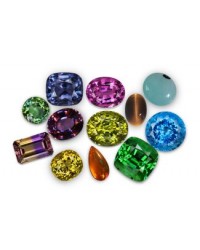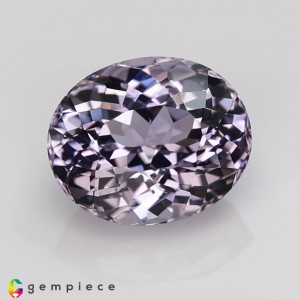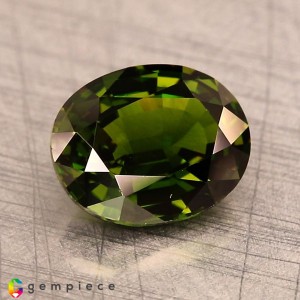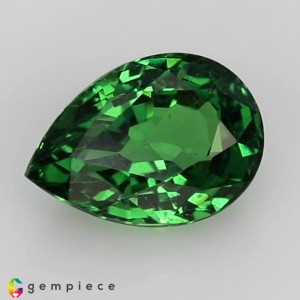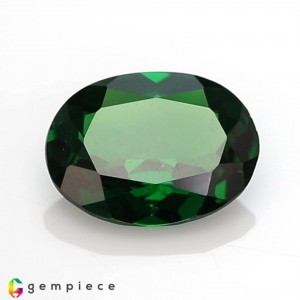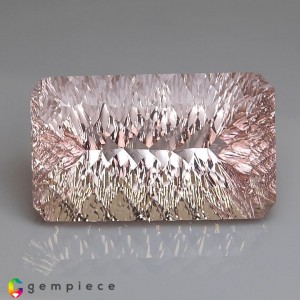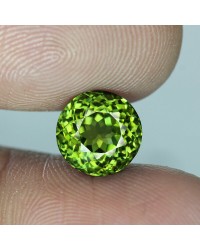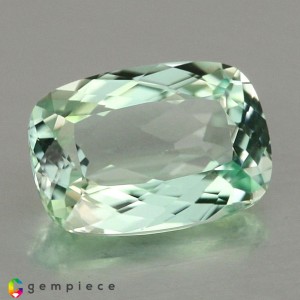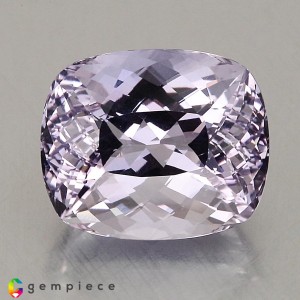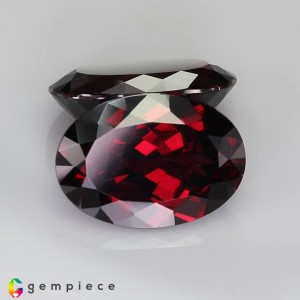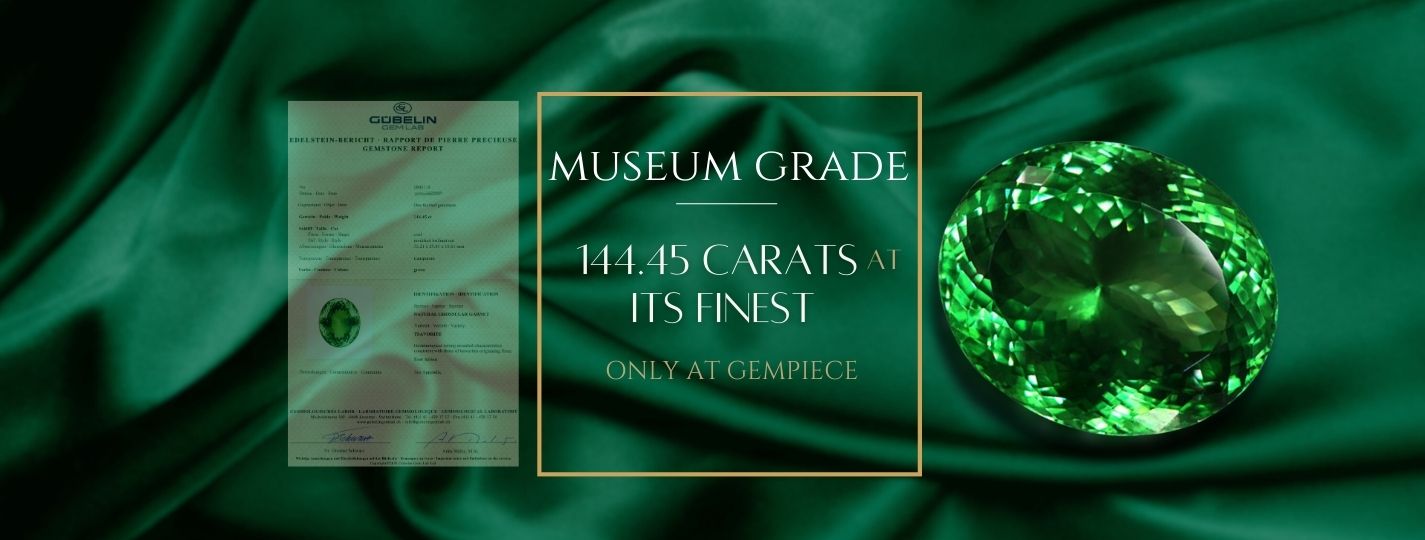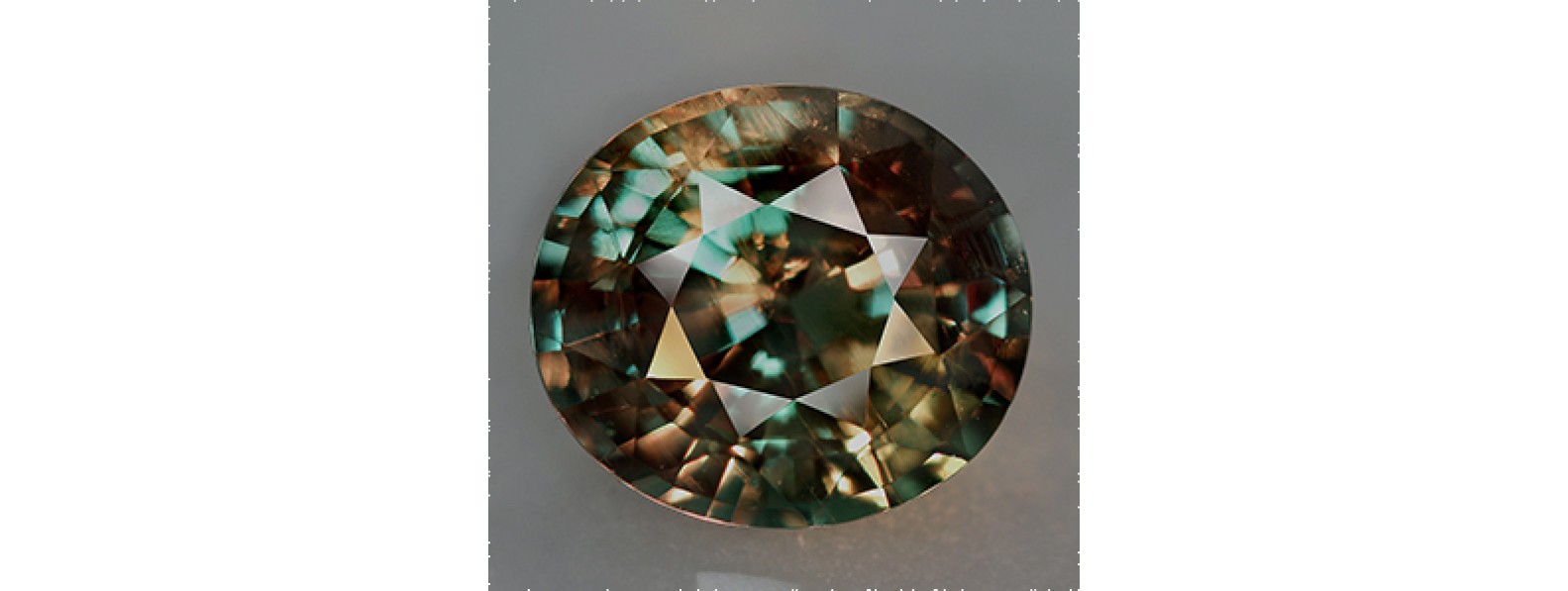
Alexandrite, well known for it’s rarity and splendid beauty was named after the great emperor TSAR ALEXANDER II. It was named to honor the emperor’s 16th birthday. The term TSAR or some call it CZAR was derived from the Latin word Caesar which means emperor. And in Russia it was known as Tsarist autocracy or Tsarism. The first sample was discovered 1834 in the emerald mines of the tokovaya river in Ural mountains in Russia. Later alexandrite was also declared as the national stone of Russia as it had the basic Tsar colors of the national flag.
The most spectacular thing about this stone which made it such a treasure was its color changing property. The Alexandrite stone is bluish green or green in daylight and changes color to red, raspberry red or purplish red in incandescent light. The main mineral is named as chrysoberyl, which is either colorless or transparent yellowish color. The color changing quality of the mineral is alexandrite. This is due to the chromium content along with iron and titanium. So a basic chrysoberyl with color changing property is an alexandrite.
Another interesting property of the chrysoberyl and alexandrite is the cat’s eye effect. This cat’s eye effect is due chatoyancy. Chatoyancy is an optical reflecting effect caused by fibrous structure in the mineral. Due to this effect the mineral is also synonymously named as Cymophanite, which is cymophanit in German and cymophanita in Spanish. This effect is smooth and blazing like the ray on the eye of cat. Hence it is called as cat’s eye. This rough is mainly shaped into cabochon to showcase the effect completely.
CIBJO is an international confederation of the national jewelry trade organizations. CIBJO declares that the color changing property of a chrysoberyl is named alexandrite. Alexandrite is very scarce because of the formation and it required a very specific geological condition and mainly a metamorphic environment. This made alexandrite a millioner’s dream.
Russia was the only source for alexandrite known till date and there were some traces said to be found in Minas Gerais in Brazil. However the color was not as strong as the Russian mine but seemed to have good clarity. Other known traces occurred India, Burma, Madagascar, Srilanka but none in par with the Russian Ural mines. The ural mine was a natural gift to Russia and many wonderful scarce beauties emerged here.
Alexandrite was known to have a good hardness of 8.5. The refractive index is 1.739 to 1.770+. The specific gravity of alexandrite ranges from 3.69 to 3.81. Alexandrite is a dominant gemstone which shows miraculous color change and was never pared in trade. However fluorites and some sapphires do have color change but now all that well and magical like the alexandrite. The basic checmical formula of the alexandrite is BeO Al2 O3. Some websites do mention the alexandrite as the Emerald by day and the Ruby by night.
